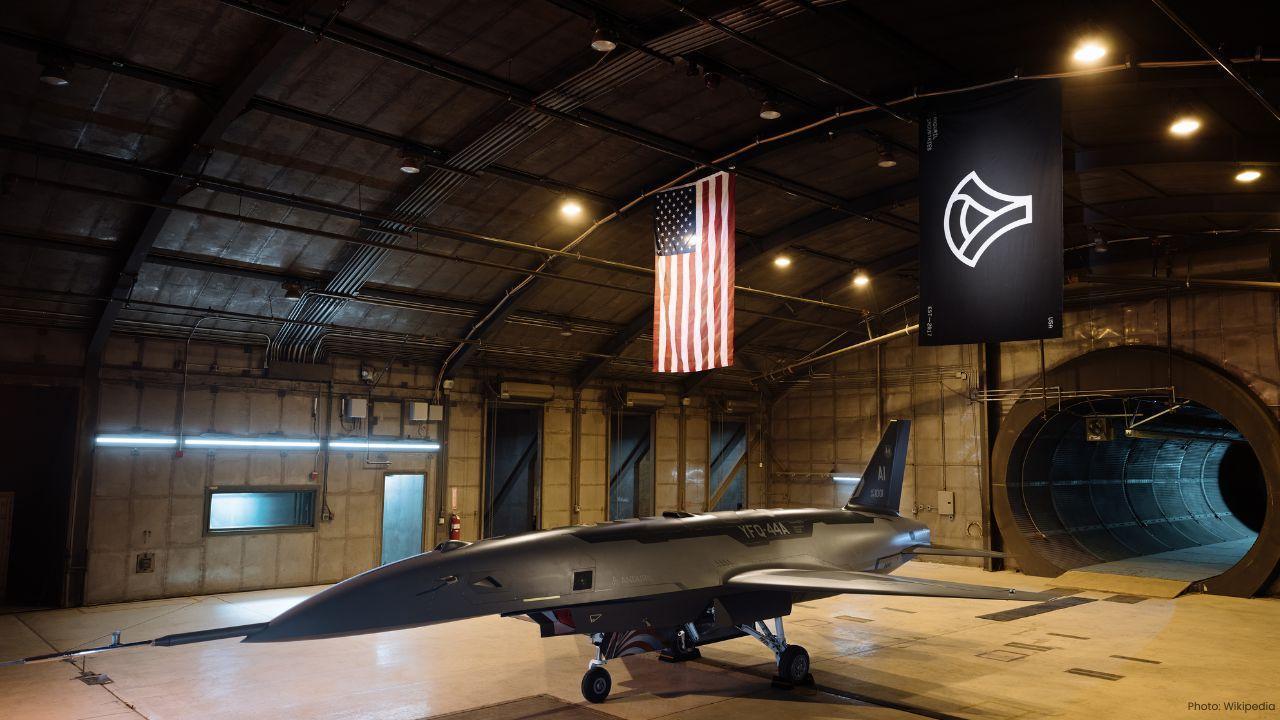
Post by : Meena Rani
Anduril Industries is preparing to fly its YFQ‑44A Collaborative Combat Aircraft (CCA) prototype in mid‑October 2025 in a deliberately ambitious semi‑autonomous mode, and has simultaneously begun design work on a separate, clean‑sheet, carrier‑capable CCA demonstrator for the US Navy. The company says many autonomy and sensor systems developed for its Fury family will migrate to the naval design, but the airframe itself will be purpose‑built for carrier service.
Background: where YFQ‑44A came from
The YFQ‑44A is the Anduril adaptation of the Fury demonstrator that the US Air Force selected in March 2024 for Increment 1 of the CCA programme alongside General Atomics’ XQ‑67A (now designated YFQ‑42A). General Atomics achieved the prototype flight when its YFQ‑42A lifted off in August 2025; Anduril has chosen a different path, holding back for a first flight that exercises semi‑autonomous software rather than a remote‑piloted hop.
Why Anduril is flying semi‑autonomously first
Anduril has said the planned first flight will be semi‑autonomous — a self‑imposed requirement intended to accelerate progress toward operational autonomy and demonstrate safe human‑machine teaming earlier in testing. Company officials and Air Force leaders said this approach is harder in the short term but could shorten the path to meaningful autonomy by proving software integration during initial flight trials. That philosophy is the primary reason Anduril did not try to beat General Atomics to a simpler piloted/telemetry first flight.
Test readiness and aircraft status
Multiple Fury‑derived airframes are reported to be completing ground testing; Anduril says none will be permanently reserved only for static or systems testing, and all are expected to eventually fly. Flight preparations at test ranges are in the final phases, with software and systems integration cited as the remaining gating items before the mid‑October sortie. Officials said the programme is “within spitting distance” of the first flight.
Why the Navy needs a new design
Carrier operations impose a suite of unique structural and systems requirements that go well beyond adapting a land‑based jet: strengthened landing gear and arresting hooks, tolerance for catapult launches and arrested recoveries, folding wings and deck handling features, saltwater corrosion hardening, and robust tie‑down and survivability measures. Recognising these needs, Anduril has said it will not offer Fury as a naval CCA; instead, it plans a clean‑sheet demonstrator that will incorporate Fury’s autonomy, sensors, and teaming software but will be structurally and mechanically designed for carrier cycles.
Technical and program risks
Anduril and industry competitors face two linked risk pools. First, semi‑autonomous flight requires finely tuned human‑machine interfaces, rigorous safety cases, and robust rules‑of‑engagement handling — all areas that must be proven before operational deployment. Second, carrierisation increases structural complexity and cost: building a jet to survive hundreds of arrested landings and deck operations inevitably raises engineering, testing, and sustainment bills. Both sets of challenges could drive schedules and budgets.
Strategic implications
If Increment 1 CCAs reach operational capability, they could reshape USAF and USN force composition by providing attritable, networked wingmen that extend the mission reach and resilience of crewed fighters (F‑35, F‑15EX, and future NGAD types). CCAs could enable riskier tactics, distributed sensing, and massed effects at lower per‑unit cost — a potential doctrinal shift in air combat. But success depends on rapid, reliable autonomy and dependable integration with crewed aircraft battle networks.
What to watch next
Whether the YFQ-44A's first flight in mid‑October demonstrates the intended semi‑autonomous capabilities or reverts to a more conservative profile for safety.
How rapidly Anduril translates Fury autonomy and sensors into a naval‑rated demonstrator, and whether the USN issues formal solicitations or bridge funding for carrier CCA prototyping.
Competitor progress from General Atomics and others as Increment 1 testing data accumulates and informs scale, affordability, and operational concepts.
Anduril, YFQ‑44A, Collaborative Combat Aircraft, Fury, semi‑autonomous flight

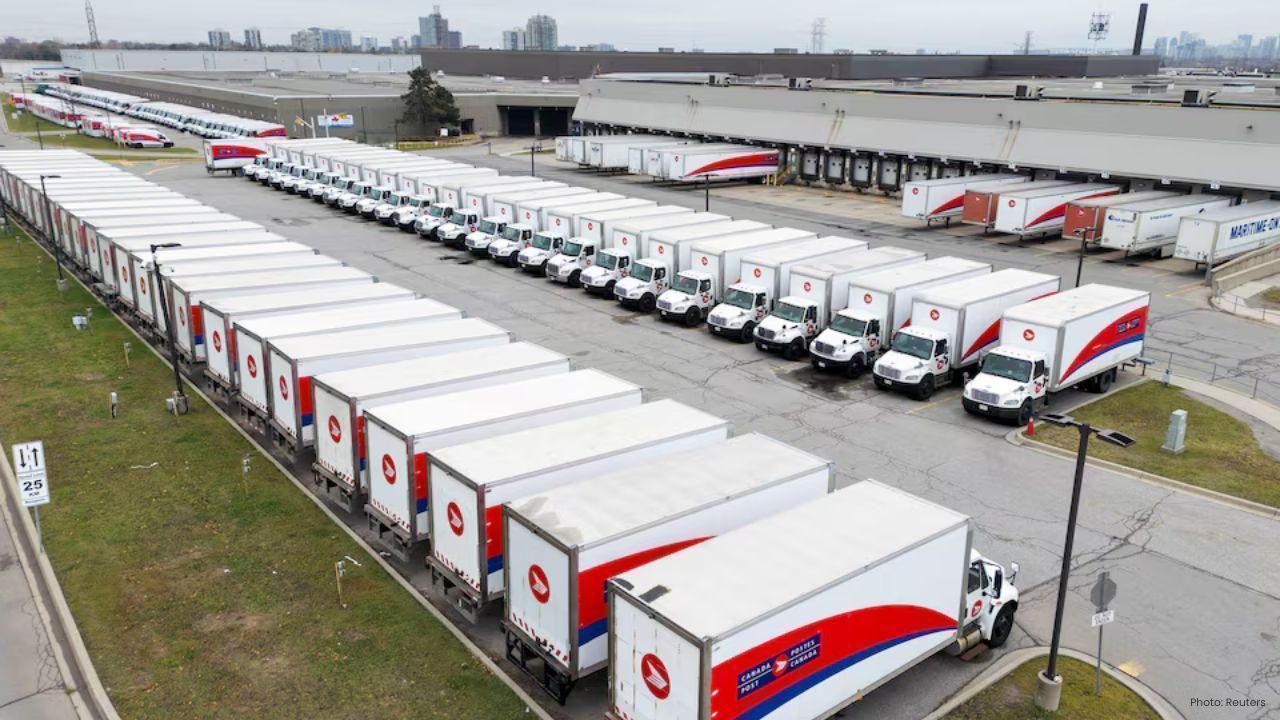
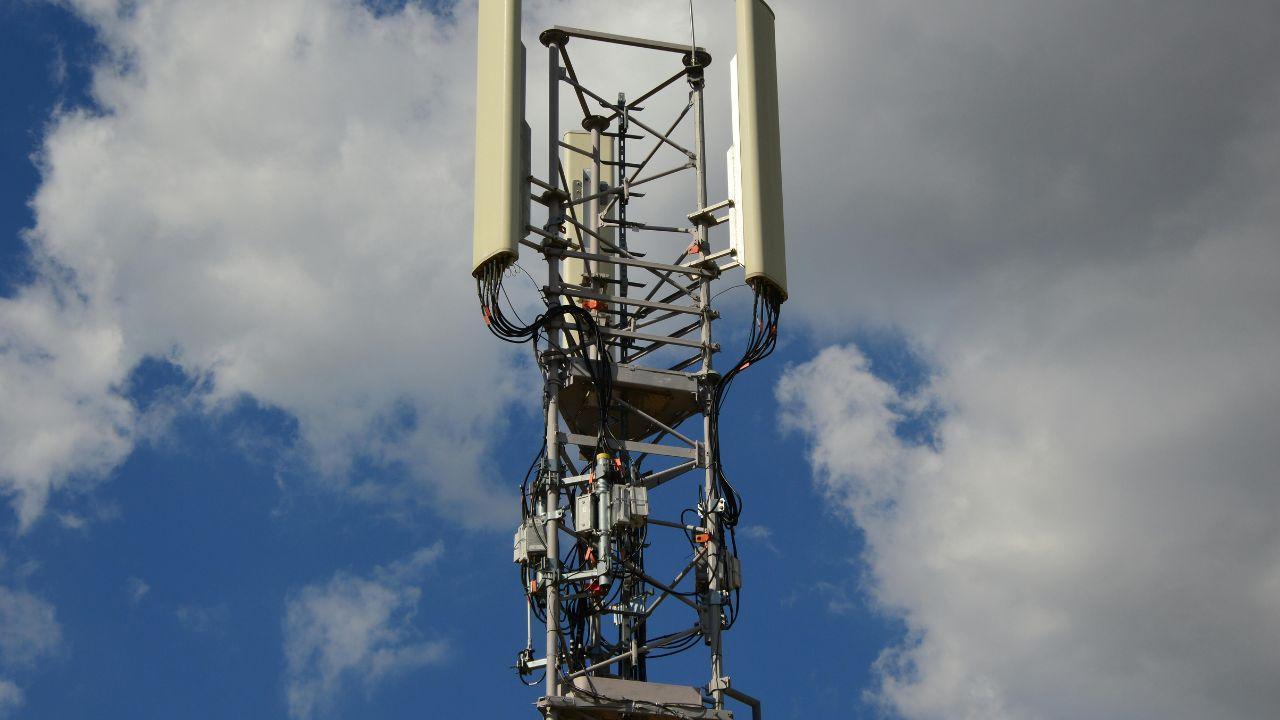



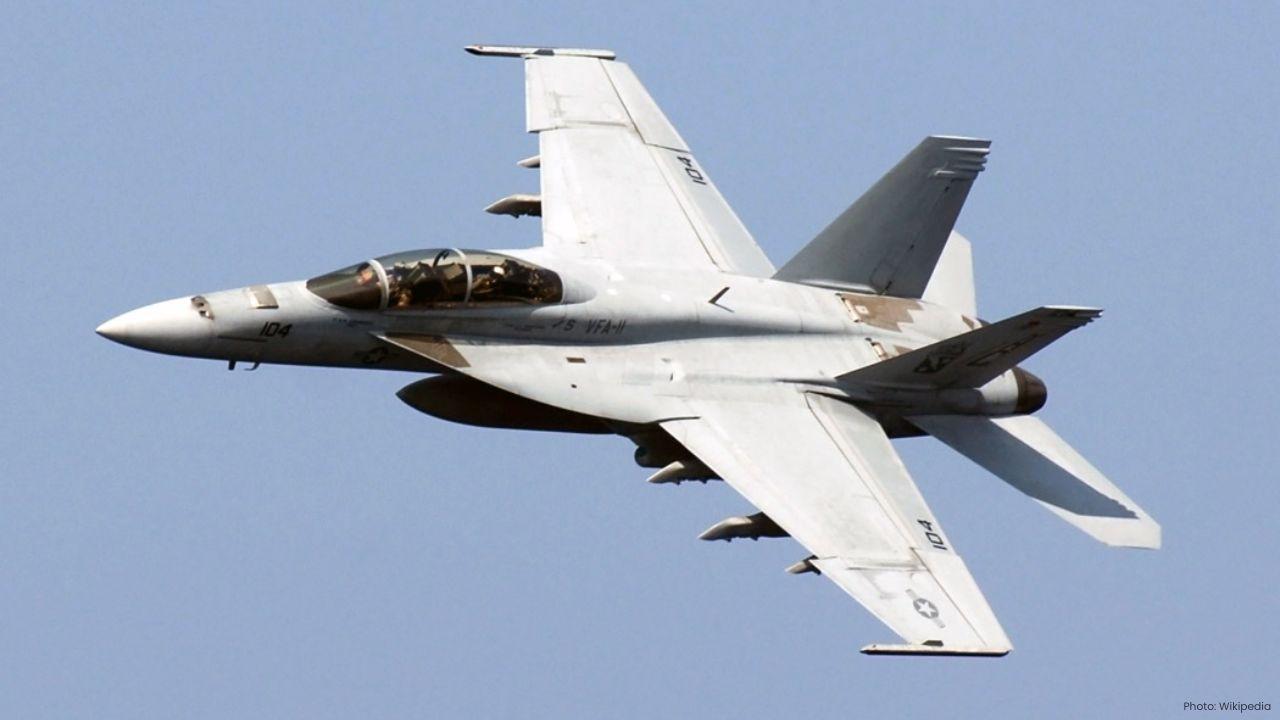
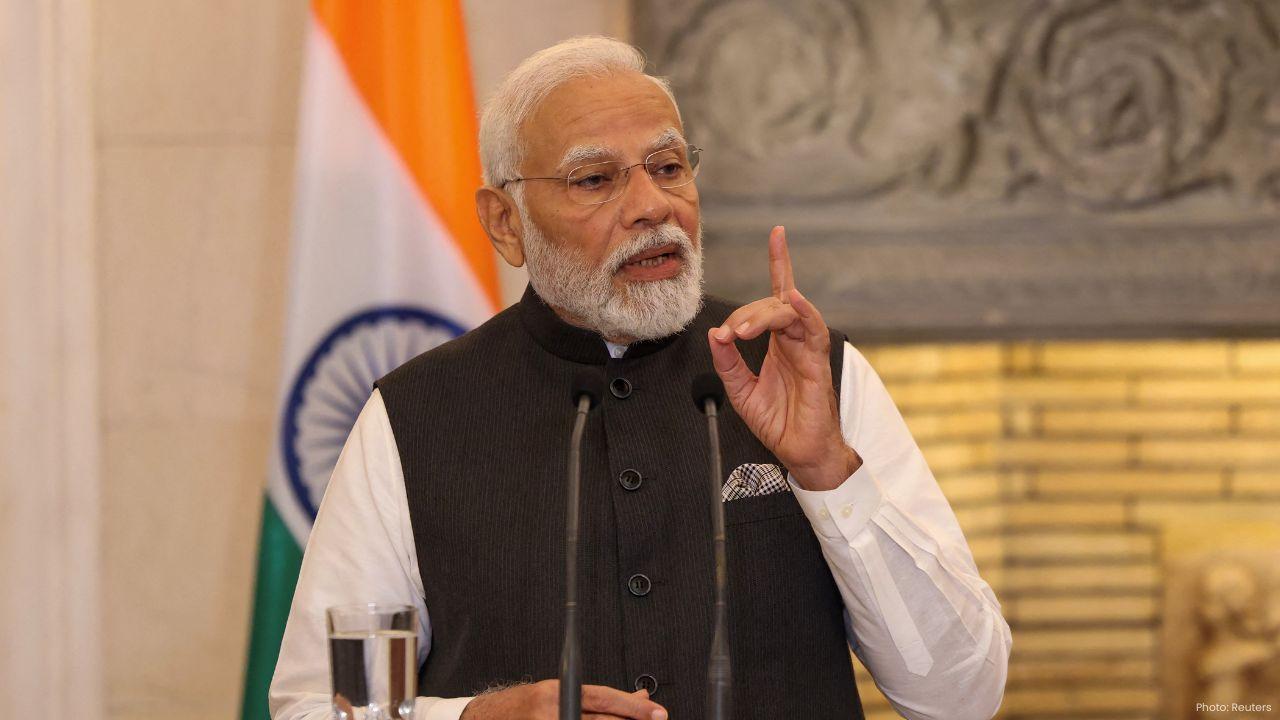
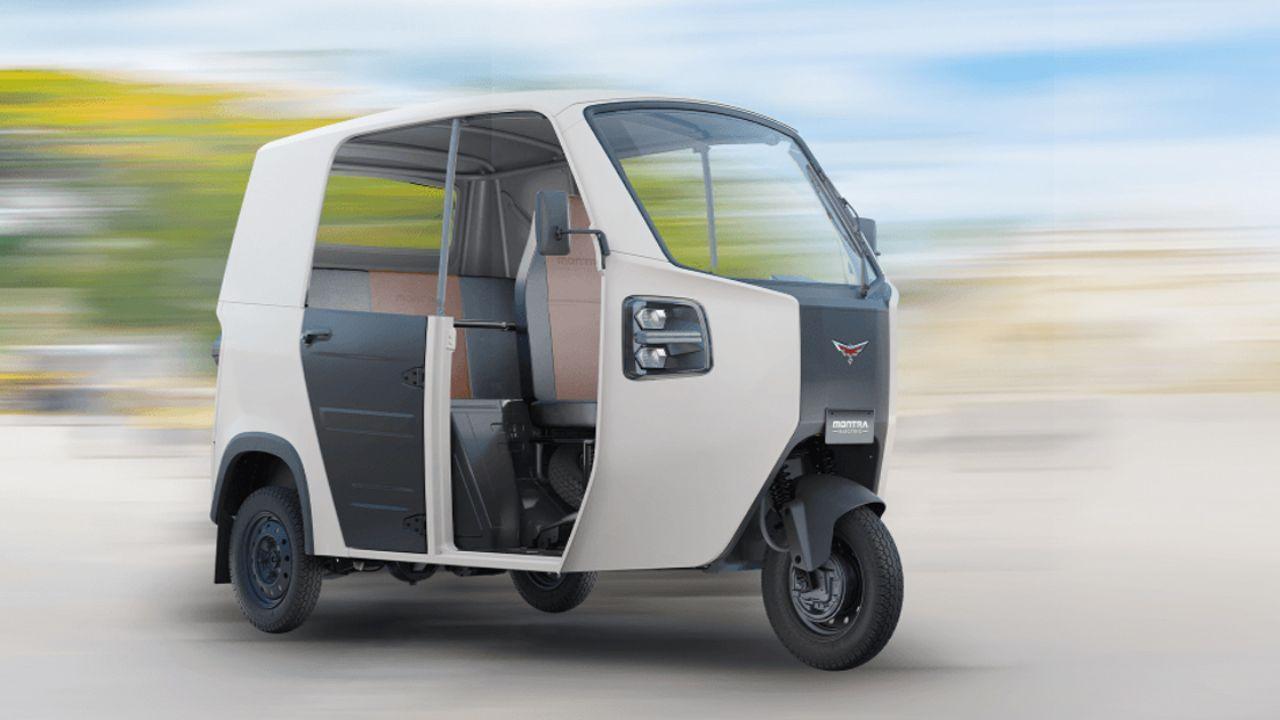

Bengaluru-Mumbai Superfast Train Approved After 30-Year Wait
Railways approves new superfast train connecting Bengaluru and Mumbai, ending a 30-year demand, easi

Canada Post Workers Strike Halts Nationwide Mail and Parcel Services
Canada Post halts operations as CUPW strike disrupts mail and parcel delivery nationwide amid disput

PM Modi Launches BSNL ‘Swadeshi’ 4G Network, 97,500 Towers Built
India enters global telecom league as PM Modi inaugurates BSNL’s indigenous 4G, connecting 26,700 vi

India’s Iconic MiG‑21 Takes Final Flight After Six Decades of Service
After 60 years India retires its MiG‑21 fighter jet, a legendary yet controversial warplane marking

Hindustan Zinc unveils AI hotspot monitoring at Debari smelter
Hindustan Zinc launches AI-powered Switchyard Hotspot Monitoring at Debari smelter to cut outages bo
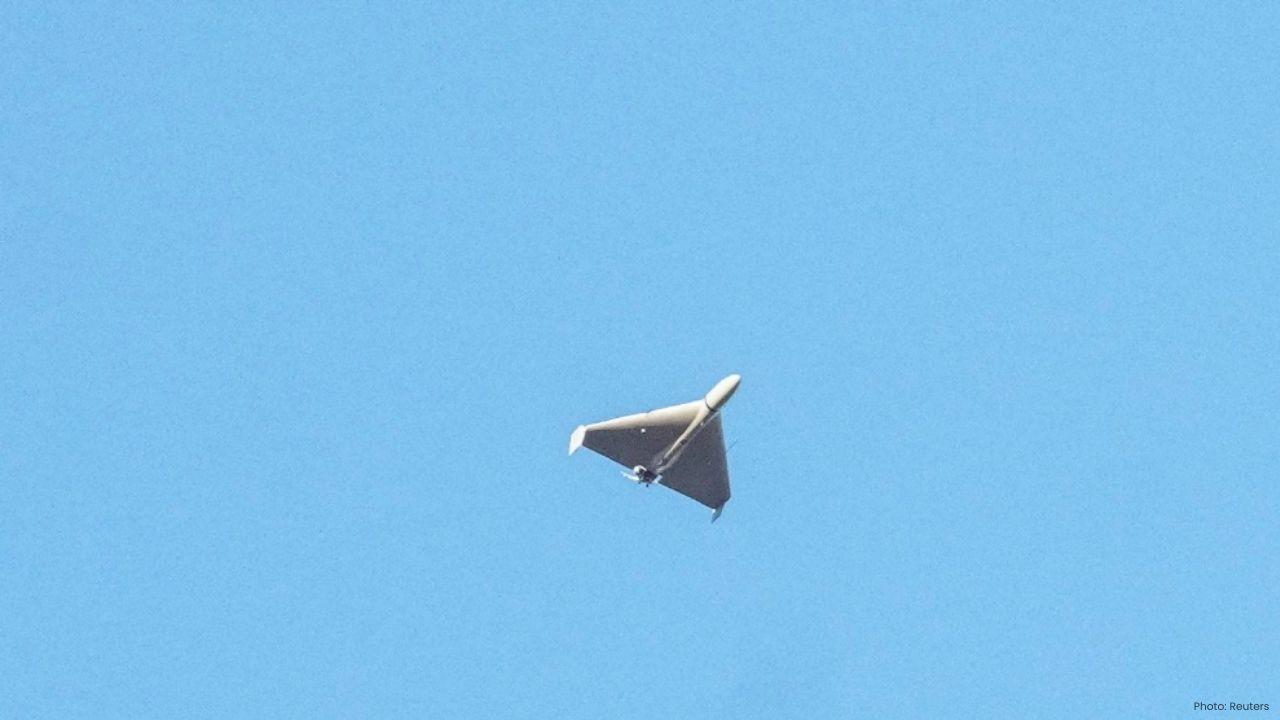
Chinese experts worked inside sanctioned Russian drone plant
Chinese drone specialists visited IEMZ Kupol supplying parts and drones via intermediaries, deepenin